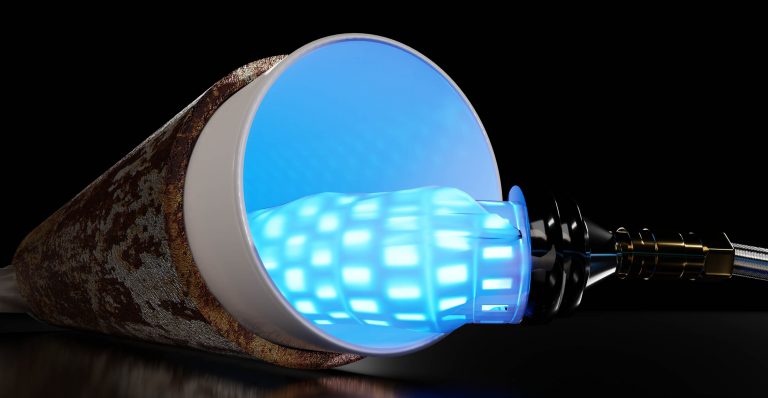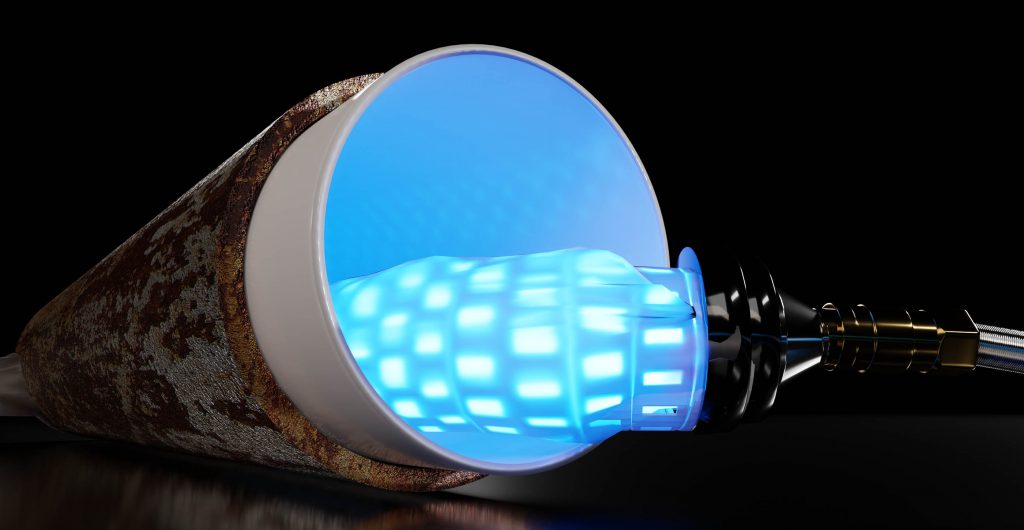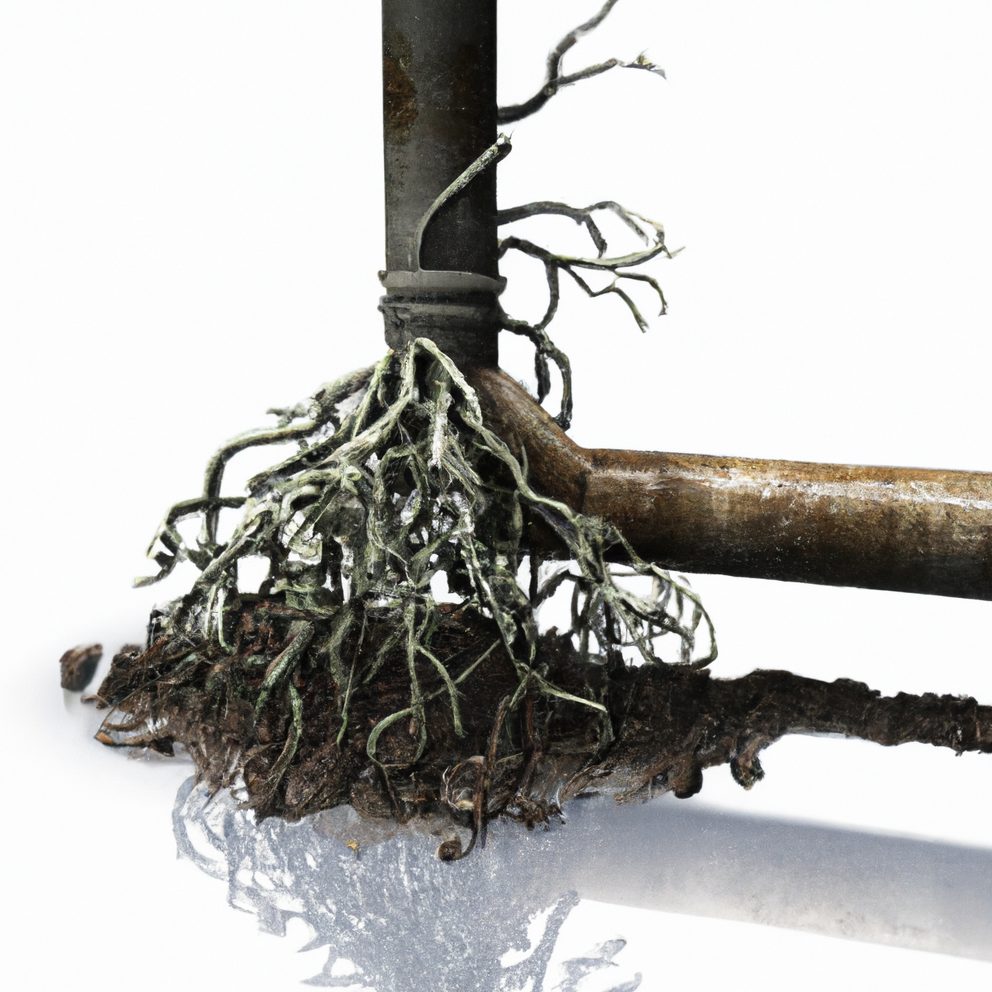
Exploring the Diverse Installation Methods of Cured-In-Place Pipelining in Sewer Systems
Maintaining the functionality and longevity of sewer systems is crucial for the smooth functioning of any city’s infrastructure. Cured-in-place pipelining (CIPP) has emerged as a highly effective and cost-efficient method for rehabilitating damaged sewer lines. This innovative trenchless technology involves the installation of a seamless pipe within an existing damaged pipe, eliminating the need for extensive excavation. In this article, we will explore the various methods used to install CIPP, highlighting their benefits and applications. Continuous Inversion Method: The inversion method is one of the most common techniques used to install CIPP liners. It involves saturating a flexible fabric tube or liner with a liquid resin, which is then inverted or turned inside out through the damaged pipe using either water or air pressure. As the liner unfolds and adheres to the host pipe, the resin is cured, forming a solid, durable pipe within the existing infrastructure. This method is particularly useful for straight pipe sections, and it can navigate bends and curves with proper planning. Pull-In-Place Method: The pull-in-place method involves the installation of a resin-impregnated liner through an access point using a winch or cable system. The liner is carefully pulled into position, conforming to the shape of

